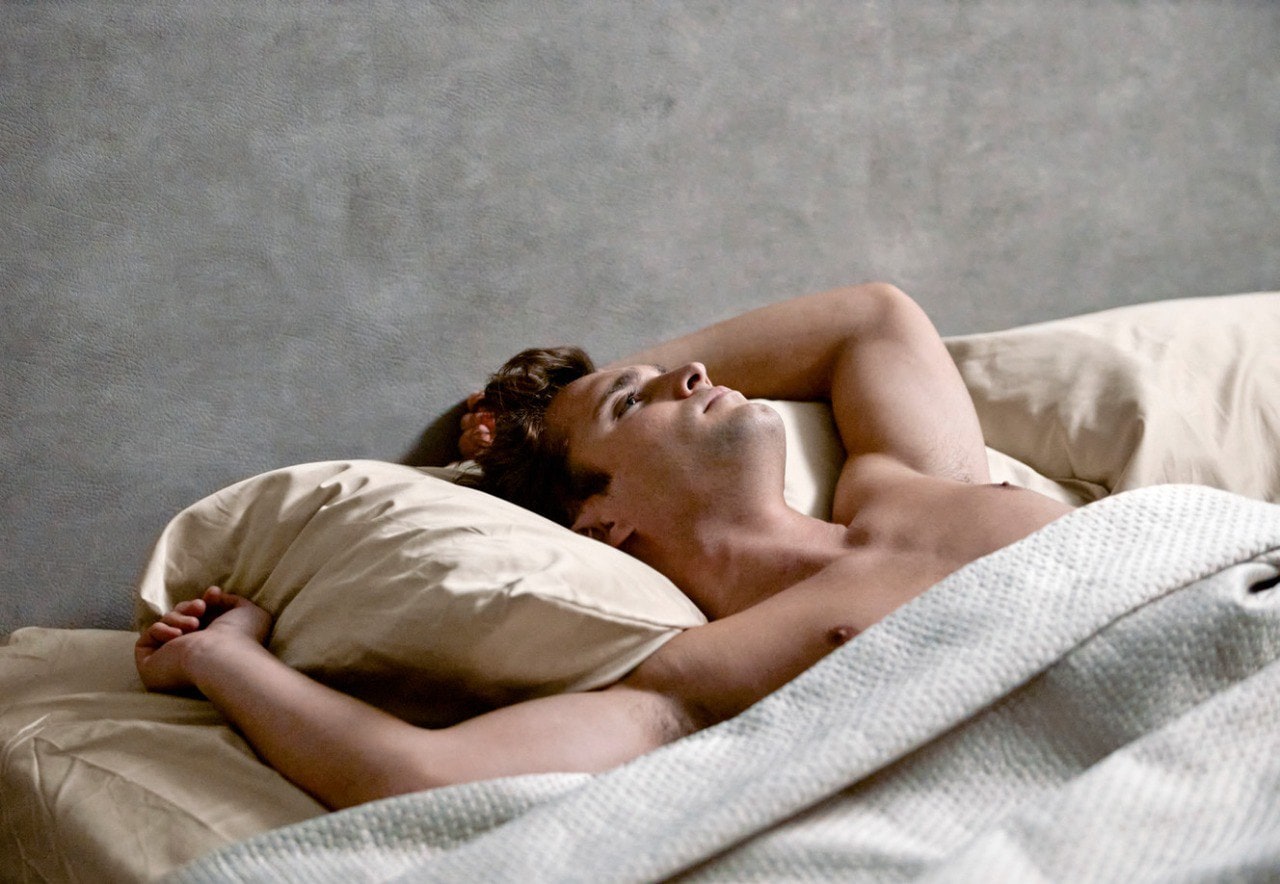
A Photographer on the Film Set
Have you ever wondered where the images that accompany the series you see on platforms like Netflix come from? No, it is not about screenshots. Many are photographs taken by people like Camila Jurado. This Mexican photographer began taking photographs of musicians and concerts when she was 17. Currently, she is dedicated to commercial photography, especially still photography. One of her clients is Netflix. That type of photography, she says, allows her to mix the documentary and the commercial: because it is like “documenting the process of filming.” And she loves it because for her the power of photography is to tell stories.
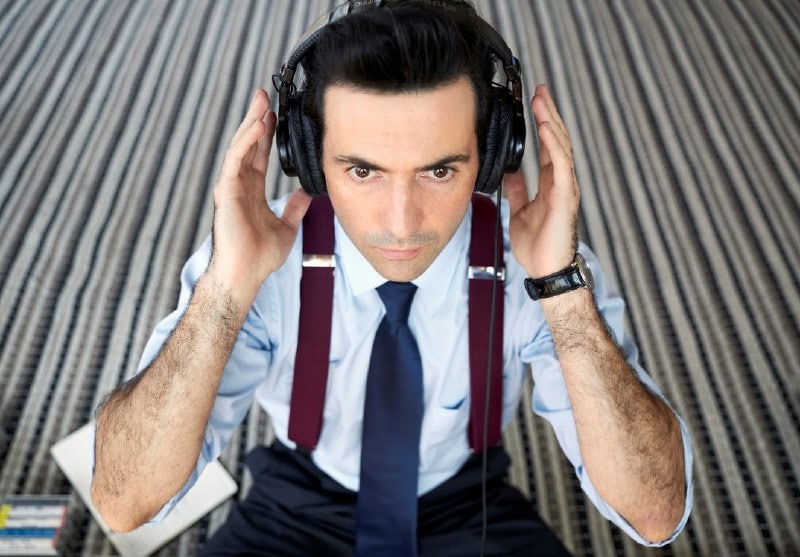

You mostly do commercial photography, right?
I love documentary photography, for all my background, when I decided to dedicate myself to photography everything led me to do commercial things. In a short time, I found a way to mix these two branches in the still photo. Being on a set taking photos is like documenting the process of filming. It is a documentary photo, but for a commercial client and that is what I have tried to maintain in my job, that is, what I like the most is that they give me the camera and ask me to document and tell a story of what is going on.
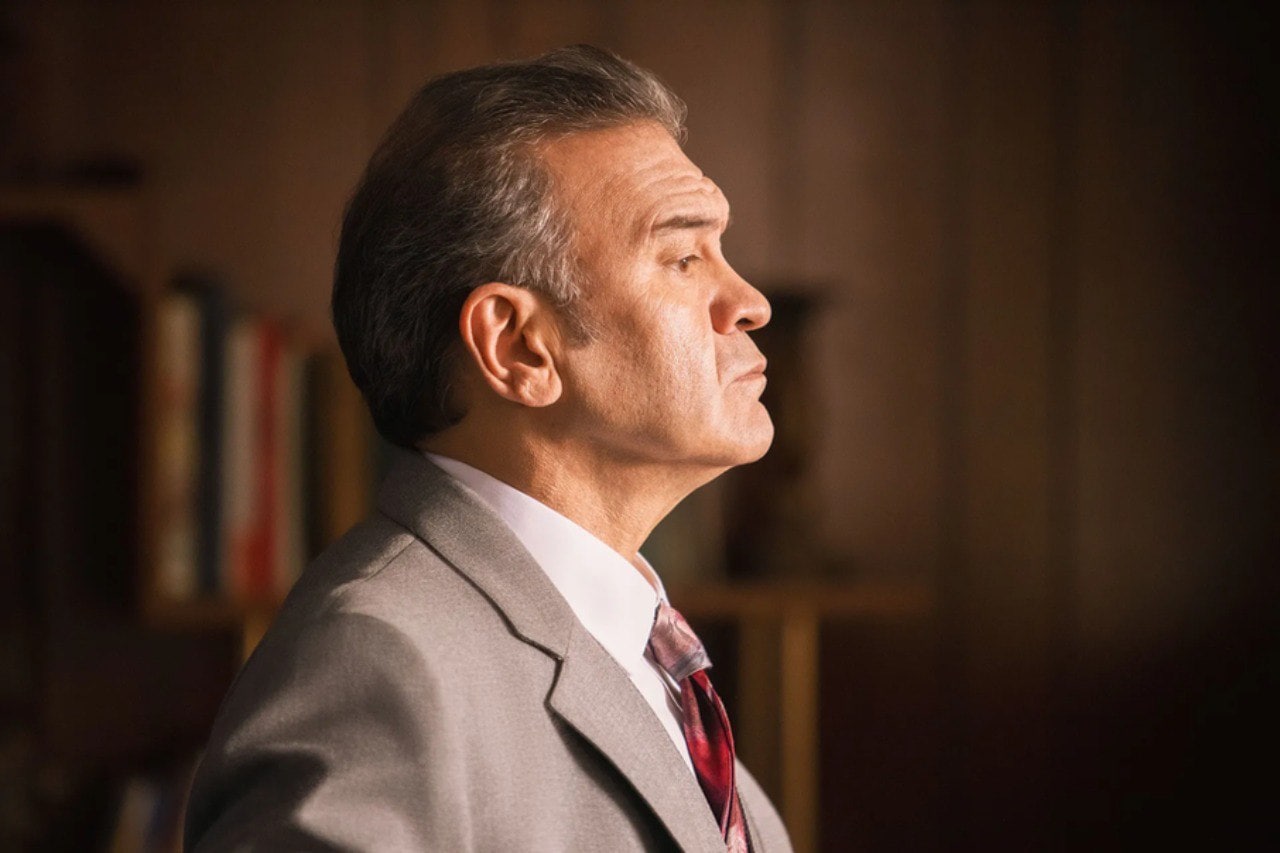
How do you do this form of photography to maintain your own style?
In the still photo, I have a lot of freedom and that is why I love it. Yes, there are certain guidelines, but in the end, it is free. You decide the frames and you are alone on set. I work directly for Netflix and on set, I am like Netflix’s eyes. In other jobs, the client is on top and I feel like a camera operator. But in this case, no, I have all the creative freedom.
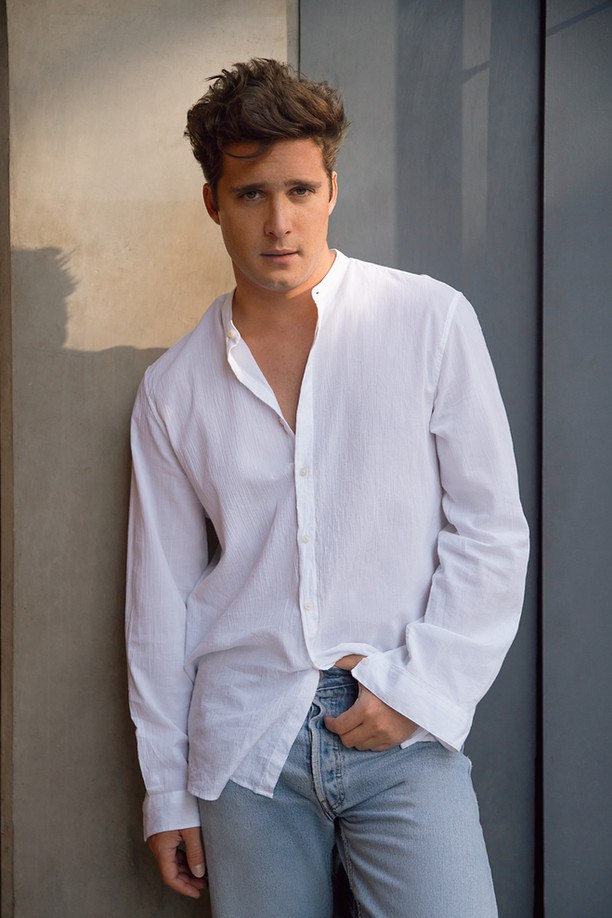
In that case, how does storytelling work?
They are two branches. One is behind the scenes, basically, you are telling how this production is being carried out, how it is being filmed. You have to involve a lot the team, the crew, the lighting, the locations, that is, the collective effort is seen. Because to produce a series there is behind a gigantic effort of many people, it is like machinery and each piece is super important. In addition to the magical moments that only happen on a set.
On the other hand, you also have to catch the essence of the story itself in a photo. Then it will be used for the press or to present the series on the platform. In that case, you have to portray that moment in history, ask the actor to repeat the scene and the feeling for the photo. The still photo requires you to have people skills, that is, to know how to reach people.
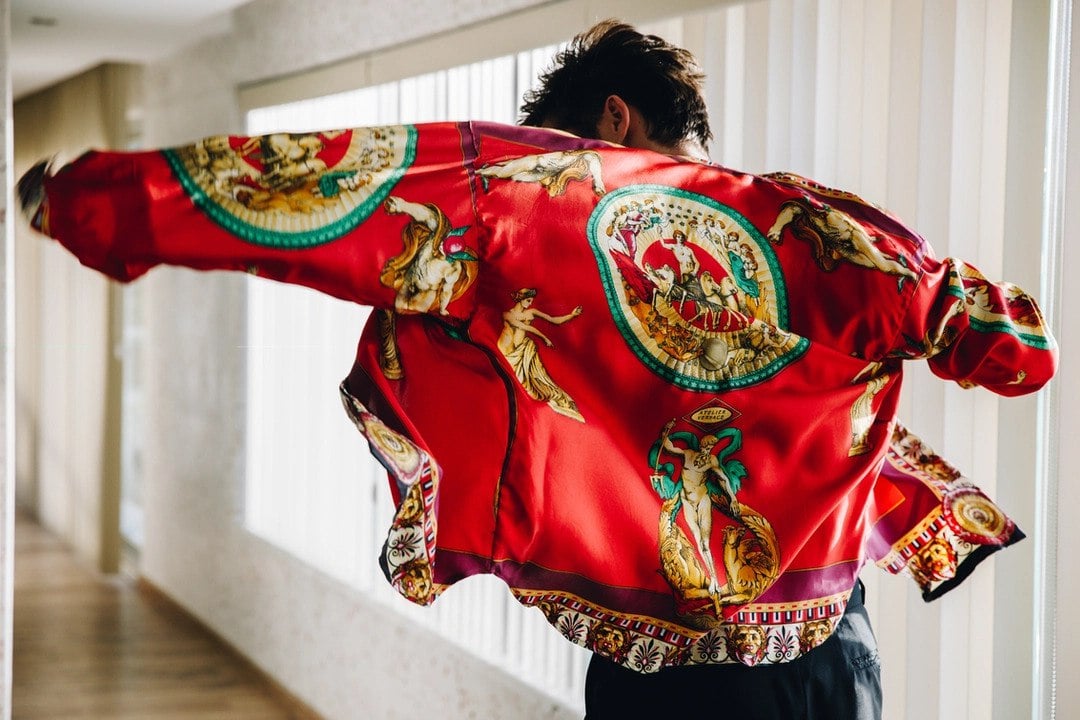
Have you developed a personal project?
Yes, I did a project called Miradas de la Sierra. I did it with an NGO that sought me out to document a process, but instead, I proposed that the same people tell the stories. I went for a month to live in two communities in the Sierra in Chiapas to give photography workshops for people who have mental health problems, they are isolated places and do not have any type of public health. Together with two psychologists, we designed a workshop so that people could talk about their mental health with photos. We used the Photovoice methodology and made it possible for many people to express their emotions.


